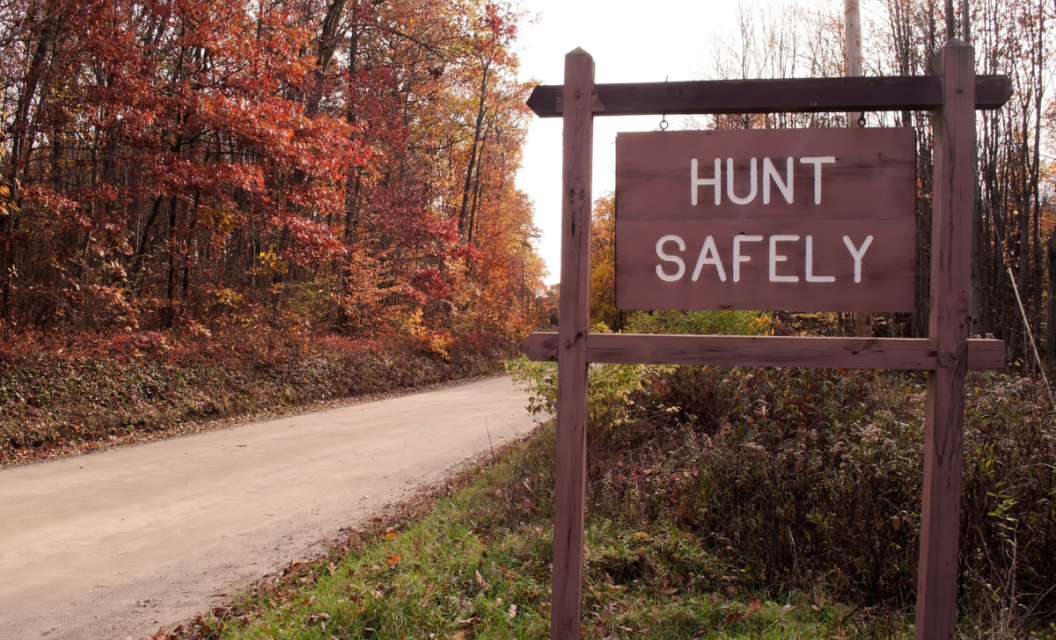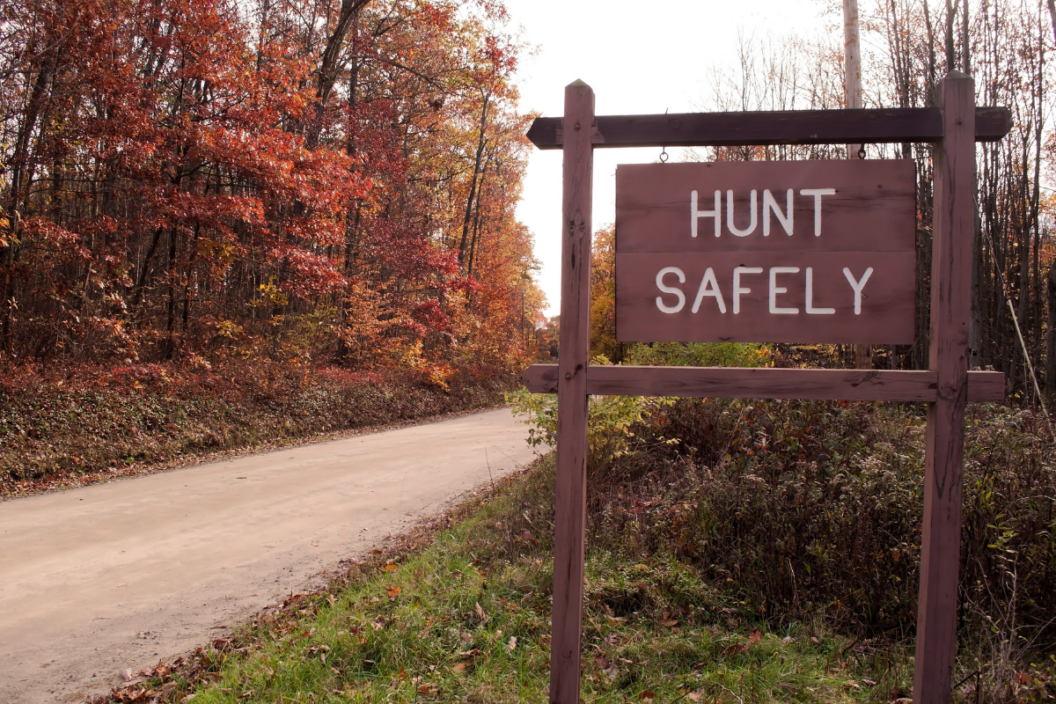
Hunters are the best conservationists in the world. What we do year in and year out is absolutely vital to the ecosystems of the animals that we hunt. If we were to hypothetically eliminate all hunting for an indefinite period of time, like some organizations want to, the corresponding ecosystems would be destroyed with overpopulation. That would lead to a lack of resources, starvation, increased offspring mortality, and lower quality of life for all animals. Plus, this would likely lead to steep population declines in vulnerable species that are encroached on by other stronger species that hunters currently keep at bay. The mule deer and whitetail deer relationship is a perfect example of this.
We certainly need to manage populations with hunting, but we should still be smart about it. We certainly do not want to over hunt certain species, and we don’t want to under hunt a problem species either. No one said conservation was simple. To get a gauge on how conservation is doing, one of the most direct signals we can look at is how each state’s wildlife agency is changing their hunting regulations. Let’s start with news on a problem species–wild hogs.
New Hog Hunting Opportunities
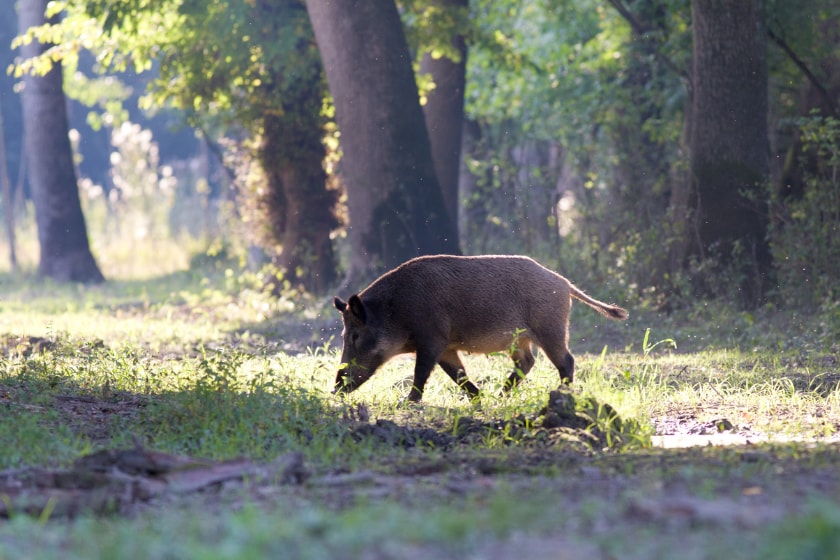
Hogs have been a major problem across the southern United States for decades. Hogs have a detrimental impact on all of the property they touch. They destroy billions of dollars of farmland each year, spread disease to domestic animals, and cause even more damage to private property.
Unfortunately, their numbers are still strong and populations are increasing in northern states. In just about every southern state, it is open season on hogs. There are not many regulations on them at all, and you can hunt them however you like. Northern states have not had the need for such regulations, but that is changing now. Oregon has recently imposed open season on their hogs that came out of California. There are about 5,000 hogs in Oregon now, but they are not too keen on letting that population grow. Similarly, Michigan has an open season on their estimated 5,000 hogs. Much like these states, a lot of states around the nation either have or are imposing an open season on hogs. Every state is different, but you generally need a basic hunting license and if you hunt hogs during deer season, you have to abide by blaze orange laws.
Mule Deer Restrictions
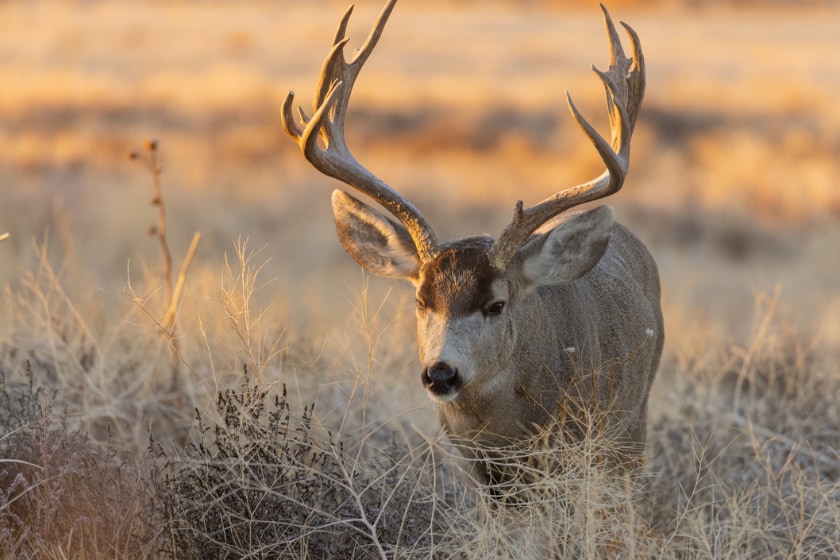
In the complete opposite direction of open season, multiple states are starting to limit their mule deer tags. There are plenty of talks about moving away from unlimited over the counter tags in some states and forcing a draw. All of this is on top of decreasing bag limits on mule deer. For example, Arizona has a one-deer bag limit on any antlered deer, Texas a two mule deer limit, and Nevada has a two mule deer limit as well.
This may sound like a bad thing for our western deer hunters, especially when you consider the fact that I can shoot 12 whitetail deer a year here in Georgia if I were ever crazy enough to do that. The fact is that mule deer populations are declining more than biologists would like to see. Overhunting is not the problem, but it is a factor we can control. Mule deer see most of their issues from climate change, natural disasters, and being outcompeted by whitetails. The raging wildfires in the west have left a significant portion of mule deer county scorched. Sure, fire is good for the landscape, but not when it scorches the earth and keeps anything from growing for some time. These fires are not uncorrelated with the massive droughts we have seen, which make it even harder for mule deer to survive.
Conservationists are hard at work trying to save mule deer, and unfortunately for hunters, that means more restrictions on how many deer they can take home. Not to worry though–there are plenty of whitetails out east that would love to go home with some western hunters.
General Price Hikes on Tags
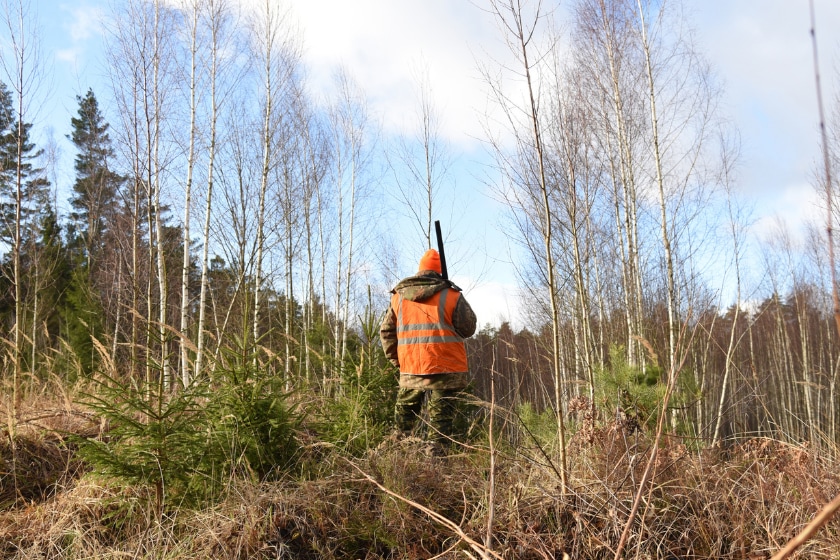
Something that is less animal-specific is the general price hikes we have seen on hunting licenses and tags. This of course always makes hunters mad, but it has to happen every now and again. We all know, or at least hope, that the money that comes from our hunting tags goes directly to our state’s agency, which helps them do conservation for the animals that we love to hunt.
So that leads to two possible reasons for a price increase. Either A, agencies raise prices to make it more expensive to hunt, which leads to fewer animals being hunted (legally), or B, they need the extra funds to get things done. State wildlife agencies are a government entity, so I am not saying to trust them blindly, but I don’t think they are trying to make it too expensive for people to hunt.
Each state’s agency gets millions from tag sales, and they also get funds from the federal government, but with the state of our economy and inflation rates over the past few years, that money does not go as far as it used to. Just like how you used to buy a box of 22 LR for less than a dollar and now they cost well over fifteen dollars, prices of tags have to go up over time too. So I don’t think this has as much to do with conservation of individual animals, as much as it has to do with making sure that the agencies are financially strong enough to continue to care for the hundreds of animal populations in their respective states.
Unfortunately, there are plenty of examples of states that make unwarranted price hikes on out of state tags. Out of state hunters do not pay taxes in that state so the price should be a little higher, but raising the price of out of state tags without raising the regular tags seems a little targeted.
A Mix of Regulation Changes for Ducks
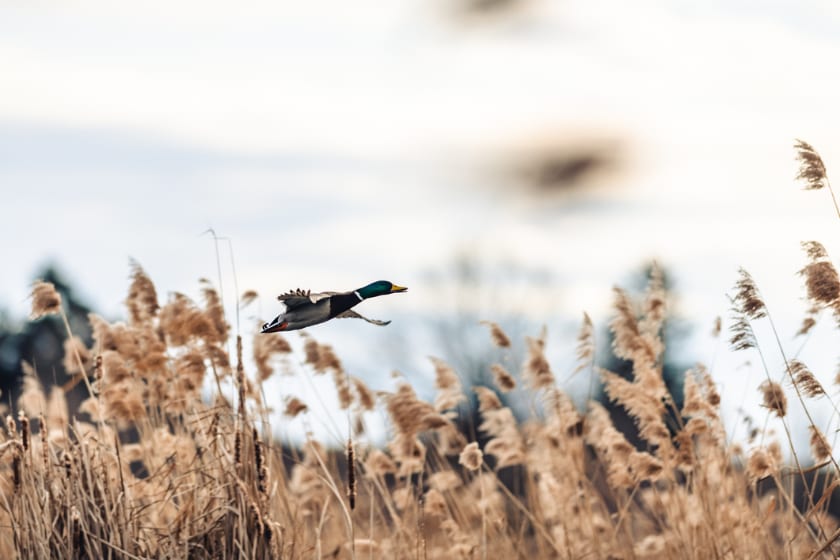
Starting with the 2022-2023 season, we are seeing some changes in the Atlantic Flyway with a particular focus on sea ducks. For the longest time, the season for sea ducks has been 107 days long–the longest possible under the Migratory Bird Treaty Act–and there was a bag limit of seven ducks. The generally-understood reason for the long season and large bag limit was that sea ducks were not all that popular for hunting. Nowadays, hunting them has become much more popular and those lax regulations were harming the overall population.
To rectify the situation and make sure our sea ducks are doing alright, the Atlantic Flyway Council decided in 2016 to reduce the season length to 60 days, and lower the bag limit to five sea ducks per day. They still saw an increase in harvest numbers. Starting with the 2022-2023 season, they have removed the special season for sea ducks, and their season will now run alongside the regular duck season. They also further reduced the bag limit to four sea ducks per day. This is all designed to reduce harvest numbers and make sure we still have a healthy population.
On the upside, there has been a very strong growth of the hooded merganser population–so much so that the former limit of two hooded mergansers per day has been lifted. Now you can have up to five mergansers per day which includes hooded, common, or red-breasted mergansers.
READ MORE: Ashokan Reservoir: A Lake with Quirky Fishing Regulations Worth the Extra Effort
The post Recent Hunting Regulation Changes and What They Mean for Conservation appeared first on Wide Open Spaces.

